Scent and Sensibility: Exploring the Social and Cultural Dimensions of Perfumes
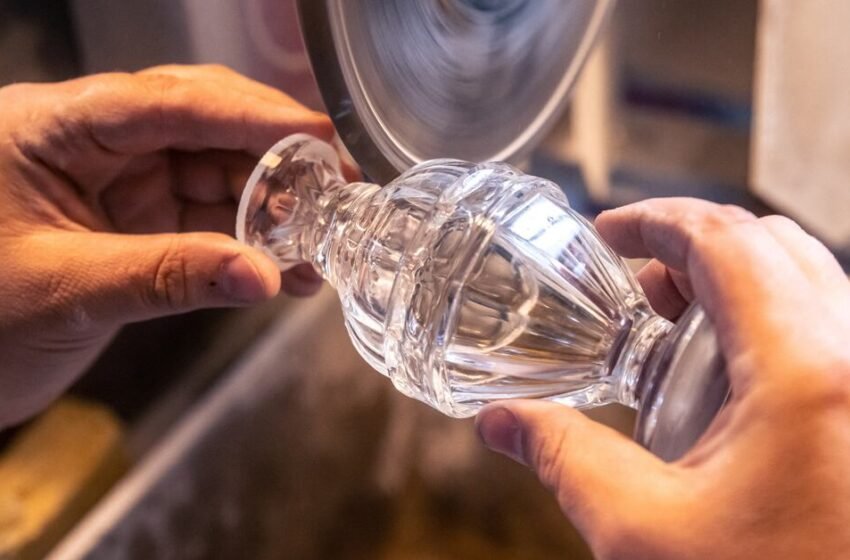
Perfumery embodies a profound cultural significance, serving as a symbol of hospitality, spirituality, and personal expression across the globe. From the ancient rituals of Egypt to the contemporary practices of today, perfume has woven itself into the fabric of societies, enriching traditions, ceremonies, and everyday life. Beyond its olfactory allure, perfume has long been a marker of social status and luxury, from the opulence of the Renaissance courts to the modern-day allure of exclusive designer fragrances. As we explore the intricate tapestry of perfumery, we uncover its cultural nuances, its role as a status symbol, and the ever-evolving trends that shape its landscape.

Perfumery across the globe is not limited to its fragrance; from ancient rituals to modern practices, fragrance holds a revered place in traditions, rituals, ceremonies and culture. In ancient Egypt, perfumes weren’t just for the living but also accompanied the departed on their journey to the afterlife. Queen Cleopatra herself was said to have embraced the use of fragrances, adorning not only herself but also her palaces and even her final resting place with aromatic oils and incense. Various essential oils such as thyme, lavender, peppermint, and rose, alongside numerous others, were employed in the process of preserving the body before wrapping it in linen strips. While mummification might be a thing of the past, the essence of this fragrant send-off lives on in modern embalming practices.
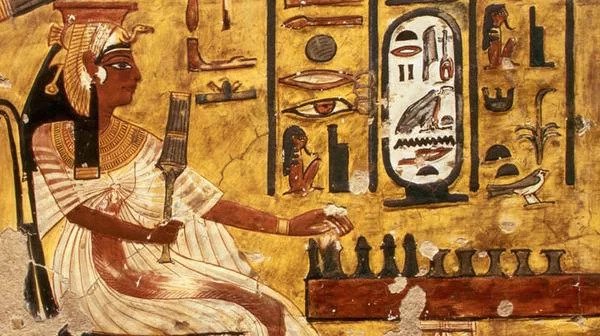
Across the Middle East, rituals involving fragrance abound. Bakhoor, a fragrant blend of Oudh and other natural ingredients, is a staple in welcoming guests and adding a touch of hospitality to gatherings. Its rich smoke not only perfumes the air but also symbolizes warmth and generosity. Bakhoor involves soaking chips of Oudh in aromatic oils and blending them with various natural elements such as resin, ambergris, musk, sandalwood, and essential oils. These concoctions are then ignited on charcoal or in incense burners, emitting a dense, earthy smoke that fills the air, perfuming both the surroundings and clothing. During formal gatherings, particularly those involving royalty, it is customary to pass Bakhoor among guests, symbolizing hospitality. Additionally, Bakhoor plays a significant role in traditional weddings, spiritual practices, and religious ceremonies, believed to ward off malevolent spirits with its intoxicating aroma and smoke. In the Middle East, this captivating scent is also utilized in commercial settings to allure customers.

Similarly, the burning of Loban or Dhoop in India serves not only to purify spaces but also to uplift spirits and enhance well-being through its aromatic properties. Loban possesses anti-inflammatory properties that aid in healing, and its antiseptic qualities serve as a natural germicide. Daily inhalation of Loban’s fumes is believed to enhance memory. Loban, also known as Benzoin or Frankincense, is derived from the resin of the Boswellia tree, which is then processed into oils and incense. The straightforward practice of burning dhoop, still observed in numerous residences and stores, not only cleanses the air but also induces a calming effect, reducing anxiety. In certain instances, Loban powders are scattered over hot coal embers to achieve a similar aromatic outcome.

In Native American culture, smudging with sacred herbs like sage or cedar is believed to cleanse negative energies and invite positivity. Smudging entails burning sacred herbs or resins, and is viewed as a method to invite positive energies. It’s performed prior to significant ceremonies, moving into a new residence, or even after a disagreement to clear the atmosphere. Sage or cedar, indigenous to the region, is bundled and ignited, akin to the use of agarbattis (incense sticks) in India. However, it involves additional intricacies, such as vocalizing expressions of gratitude as the smoke is directed over individuals or throughout spaces, aiming to cleanse away sorrow, negativity, and unwanted energies.
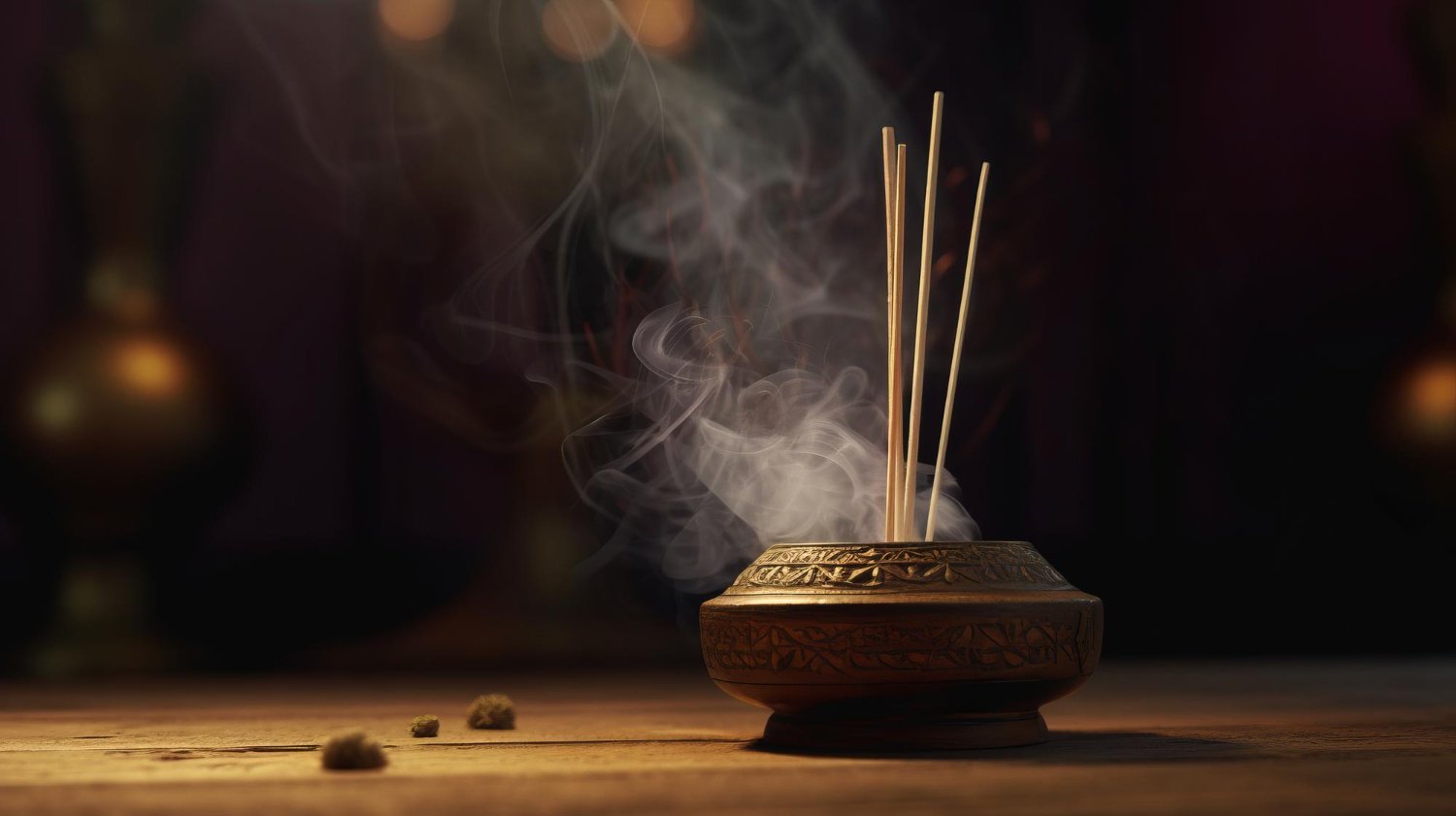
Similarly, in Japan, the art of Kodo elevates the act of appreciating incense to a spiritual practice, promoting a sense of well-being and mindfulness. Kodo translates to “the way of fragrance”; it is a manner of appreciating incense in Japanese culture. It is recognised as one of the three traditional Japanese arts of refinement, together with the well-known tea ceremony and flower arrangement. It calls for a calm space and specific manners when inhaling scents. Smelling incense is a ritual in and of itself. An incense burner is placed on the left hand; the right thumb and little finger are pressed on it. Then the burner is raised to one’s nose for them to inhale the aroma through the opening created by the right thumb and fingers. The concept is that specific perfumed vapors, when directly absorbed by the nose and delivered to the brain, can induce a state of well-being.

In Islamic culture, fragrance permeates daily life, from hospitality to prayer. Offering perfumes to guests is a sign of respect and honor, while wearing fragrance during prayer is believed to enhance the spiritual experience, echoing the practices of Prophet Muhammad (SAW) himself.
Fragrance isn’t just a sensory delight; it’s also a symbol of reverence and cultural identity. From aromatic offerings in religious ceremonies to the use of specific scents in rites of passage, fragrance binds communities together, evoking memories and reinforcing traditions.
Beyond its cultural and spiritual significance, fragrance is also valued for its therapeutic properties. Aromatherapy, rooted in ancient healing traditions, harnesses the power of fragrant oils to promote holistic well-being, from alleviating stress to restoring balance.
Fragrance isn’t just a matter of personal preference; it’s a cultural cornerstone, enriching rituals, connecting generations, and elevating everyday experiences. From ancient rites to modern practices, the art of perfumery continues to weave its aromatic magic, transcending time and borders.

The Renaissance, a period renowned for its flourishing art, literature, and innovation, also witnessed the emergence of perfume as a symbol of luxury and sophistication. Beyond its practical use in masking unpleasant odors, perfume became a hallmark of status and wealth among the elite of the time.
During the Renaissance, perfume oil was a coveted luxury item, with the wealthy investing fortunes in rare and exotic oils imported from distant lands. These oils were meticulously crafted into personalized fragrances, symbolizing opulence and refinement. The perfume bottles themselves were masterpieces, intricately designed and adorned with precious gems and metals, serving as both vessels for fragrance and works of art passed down through generations.

Perfume became a tool for the aristocracy to distinguish themselves from the common populace, a tangible expression of their elevated social standing. Competition among nobles to create the most unique and expensive scents further emphasized perfume’s role as a status symbol.
The invention of Cologne in Germany in 1709 marked a shift in perfume trends, offering a lighter alternative to the potent scents favored in France, the epicenter of perfumery. Perfume, associated with the illustrious court of Louis XIV, had long been synonymous with prestige and privilege, restricted to royalty and the nobility.

As we transition to the modern era, fragrance continues to embody luxury, albeit in a different landscape. The industrial revolution democratized perfume, making it more accessible to the masses through mass production and commercialization. Yet, certain brands and scents remained synonymous with wealth and exclusivity, maintaining their status as symbols of affluence.
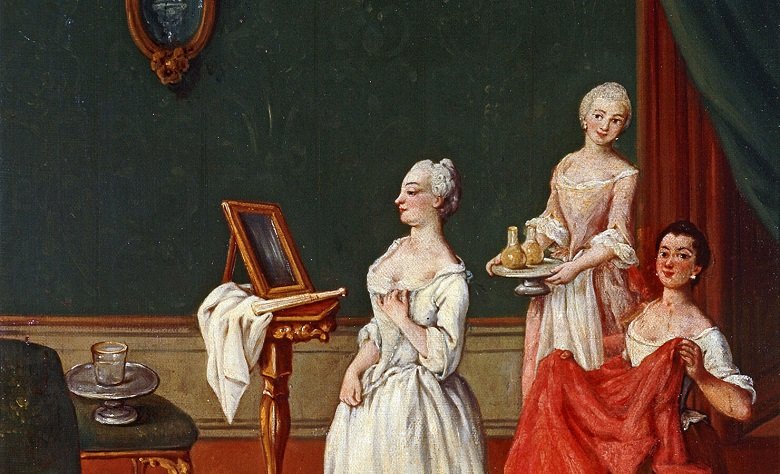
In the 20th and 21st centuries, fragrance evolved into a ubiquitous commodity, with countless brands saturating the market. Celebrity-endorsed lines and designer fragrances blurred the lines between luxury and accessibility, challenging traditional notions of exclusivity.
In the contemporary context, perfume serves as a tangible expression of wealth and sophistication. High-end fragrance houses meticulously craft their scents, using rare and exotic ingredients, sophisticated blends, and intricate packaging to create olfactory masterpieces that command premium prices. Owning and wearing these exclusive fragrances signals not only financial prosperity but also discerning taste and cultural capital.
Moreover, the marketing and branding strategies employed by perfume companies further elevate their products into symbols of status. Celebrity endorsements, lavish advertising campaigns, and collaborations with renowned artists and designers contribute to the mystique and prestige surrounding certain fragrances, turning them into status symbols coveted by many.
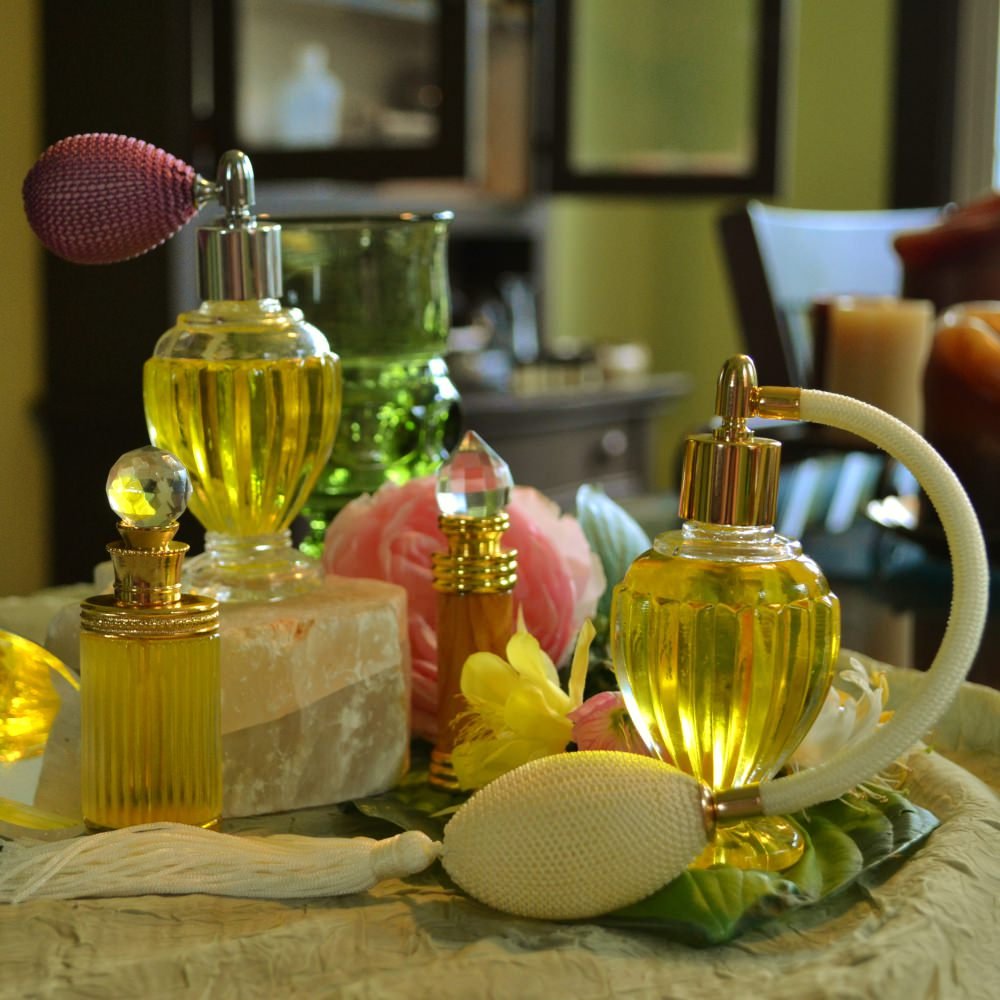
Additionally, the ritual of applying perfume itself has become a performance of privilege and refinement. Spritzing on a luxurious scent before stepping out is akin to donning a designer suit or slipping into a pair of couture shoes – it’s a ritualistic act that enhances one’s sense of self and projects an image of elegance and sophistication to the world.
However, it’s essential to recognize that the perception of perfume as a status symbol is not universal. While certain fragrances may hold sway in particular social circles or cultural contexts, the significance attached to them varies widely across different communities and individuals. For some, the allure of a rare niche scent may outweigh the appeal of a mainstream designer fragrance, highlighting the subjective nature of status and luxury in the realm of perfume.
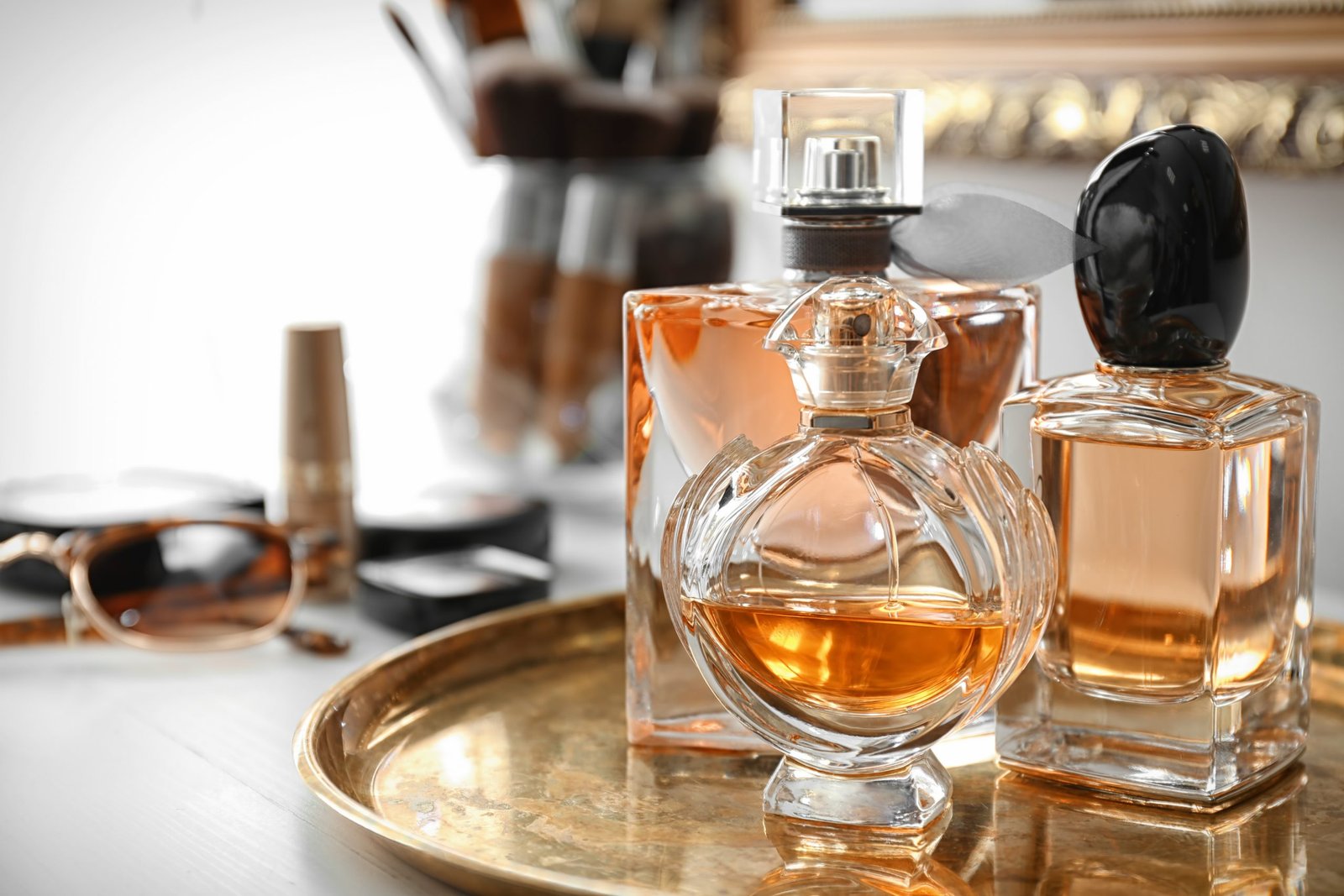
Perfume has long been intertwined with status and luxury, evolving from a simple accessory to a potent symbol of refinement and social standing in today’s world. From ancient civilizations to modern society, the allure of fragrance transcends mere sensory pleasure, becoming a subtle yet powerful statement of one’s identity, taste, and affluence.
In conclusion, perfume remains a symbol of luxury, echoing its illustrious past while adapting to the changing currents of modernity. Whether as a historical artifact of opulence or a contemporary expression of personal style, fragrance transcends time, continuing to captivate and inspire with its allure.
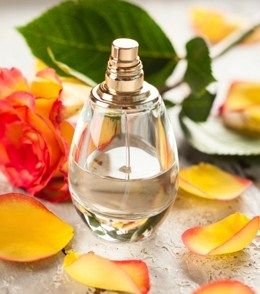
Perfume trends often mirror societal values, reflecting cultural shifts, aspirations, and desires. For example, in recent years, there’s been a growing demand for sustainable and eco-friendly fragrances, reflecting an increased awareness of environmental issues and a desire for ethical consumption. With growing concerns about climate change and environmental degradation, consumers are increasingly seeking out perfumes made with sustainable practices and eco-friendly ingredients. This trend is not only about the ingredients themselves but also extends to packaging, with a preference for recyclable or biodegradable materials. Perfume brands are responding by incorporating sustainable sourcing methods, reducing carbon footprints, and adopting eco-friendly packaging, reflecting a societal shift towards responsible consumption and environmental stewardship.

The rise of gender-neutral and unisex fragrances challenges traditional notions of masculinity and femininity. Perfume brands are moving away from marketing fragrances based on gender stereotypes and instead focusing on scents that appeal to a broader audience. This trend reflects a more inclusive understanding of gender identity and expression in society, as well as a rejection of rigid gender binaries. By offering fragrances that anyone can wear regardless of gender, perfume brands are aligning themselves with the values of diversity and equality.
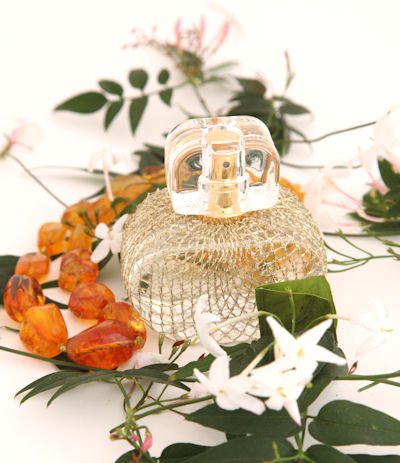
In an era marked by concerns over synthetic chemicals and their potential health effects, there’s a growing preference for perfumes made with natural and organic ingredients. Consumers are seeking out fragrances free from synthetic preservatives, artificial colors, and other potentially harmful additives. This trend reflects a broader societal interest in health and wellness, as well as a desire for transparency and authenticity in product ingredients. Perfume brands are responding by using high-quality botanical extracts, essential oils, and other natural ingredients in their formulations, catering to the growing demand for clean and green beauty products.
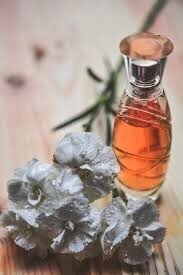
In an age characterized by rapid technological advancements and constant change, there’s a longing for the past and a desire to reconnect with simpler times. Perfume trends reflect this nostalgia, with a resurgence of vintage-inspired scents reminiscent of bygone eras. These fragrances evoke memories of childhood, romanticize historical periods, and evoke a sense of nostalgia for familiar scents from the past. By tapping into nostalgia, perfume brands are appealing to consumers’ desire for authenticity, tradition, and emotional connection in an increasingly digital and impersonal world.
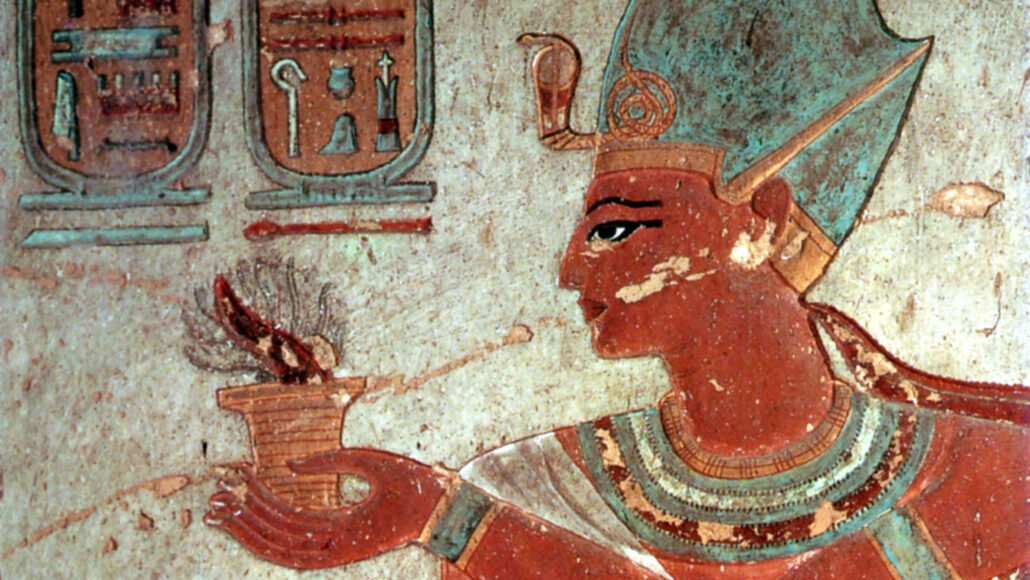
Overall, perfume trends provide valuable insights into the evolving values, preferences, and aspirations of society. Whether it’s a focus on sustainability, inclusivity, wellness, or nostalgia, these trends reflect the zeitgeist of the time and shape the landscape of perfumery for years to come.
In conclusion, perfume stands as a testament to the enduring allure of scent and its multifaceted significance in human culture. From its origins as a marker of status and luxury to its contemporary role as a reflection of societal values and aspirations, perfume continues to captivate and inspire. As we embrace sustainability, inclusivity, and nostalgia in our fragrance choices, we not only shape the future of perfumery but also reaffirm its timeless appeal. Perfume trends serve as barometers of our evolving consciousness, reflecting the values and desires of society at large. In this ever-changing landscape, perfume remains a cherished artifact of tradition, a symbol of identity, and a source of sensory delight for generations to come.


